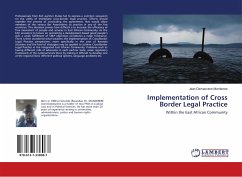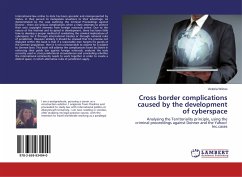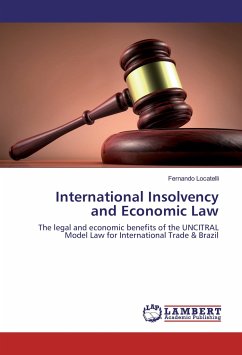
Cross-Border Insolvency Procedure versus Romanian Insolvency Procedure
Evidence from Romanian Insolvency Law No. 85/2006
Versandkostenfrei!
Versandfertig in 6-10 Tagen
27,99 €
inkl. MwSt.

PAYBACK Punkte
14 °P sammeln!
In recent decades, the world has undergone serious banking crisis that 'sharp' awareness and understanding of the causes, problems and risks, namely the potential costs connected to the insolvency of banks and other financial institutions. As a result, there is now a recognition that is in a constant rise in most countries of the importance of the regulatory framework and treatment of insolvent financial institutions within national boundaries. However, most financial institutions insolvencies were characterized by a cross-border dimension. In these border insolvency cases, the entity insolven...
In recent decades, the world has undergone serious banking crisis that 'sharp' awareness and understanding of the causes, problems and risks, namely the potential costs connected to the insolvency of banks and other financial institutions. As a result, there is now a recognition that is in a constant rise in most countries of the importance of the regulatory framework and treatment of insolvent financial institutions within national boundaries. However, most financial institutions insolvencies were characterized by a cross-border dimension. In these border insolvency cases, the entity insolvent may establish certain structures and assets, and creditors and debtors, can be observed in many countries, this is added a high degree of complexity of a situation that is already very complicated. The effects caused by the global financial crisis resulted in the inability of companies to pay current expenses. This is due to their shortage of capital. If such a situation, the only viable measure which is capable of determining the "destiny" is its insolvency proceedings, which will materialize either reorganization or liquidation of the debt and the payment.












